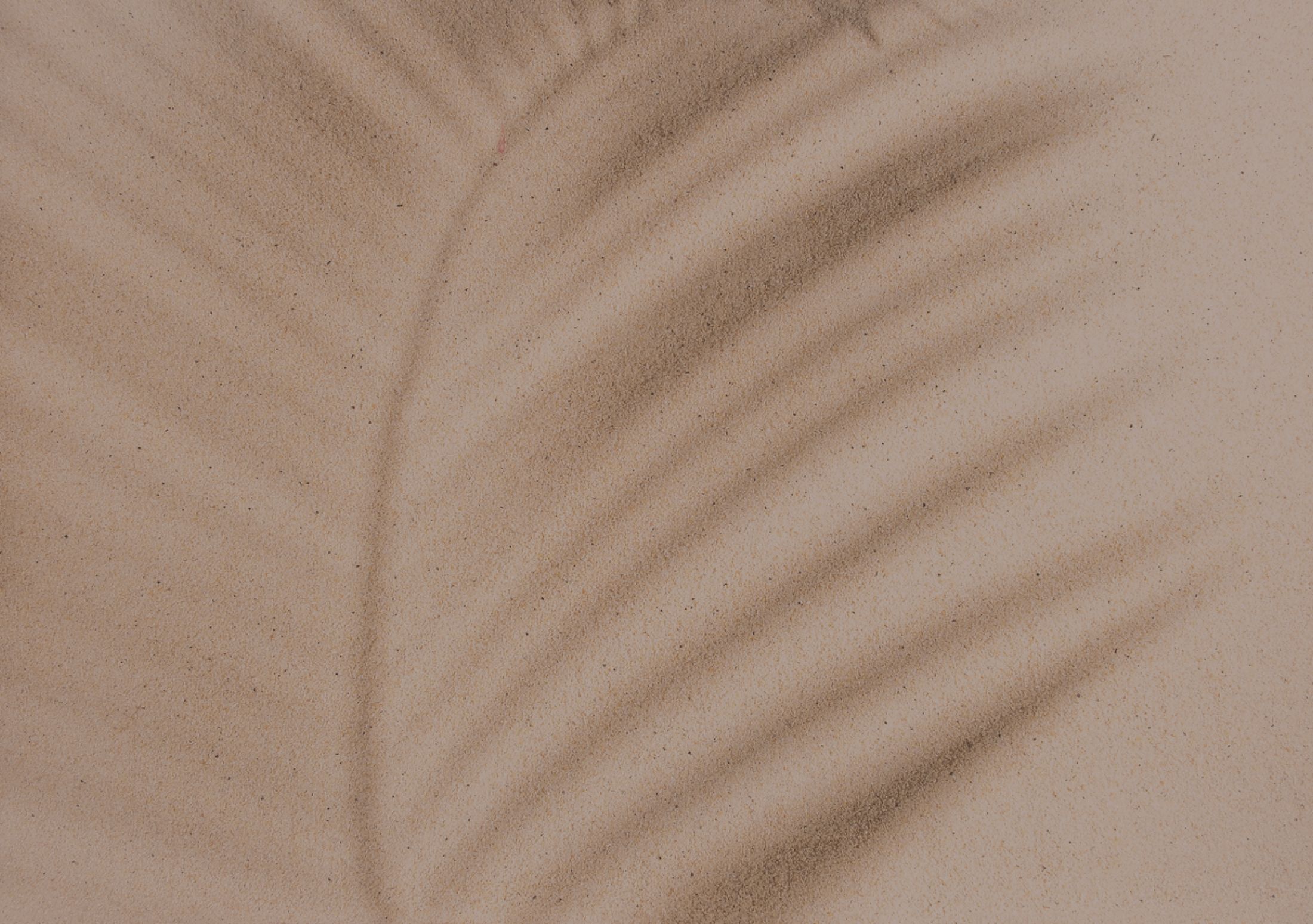
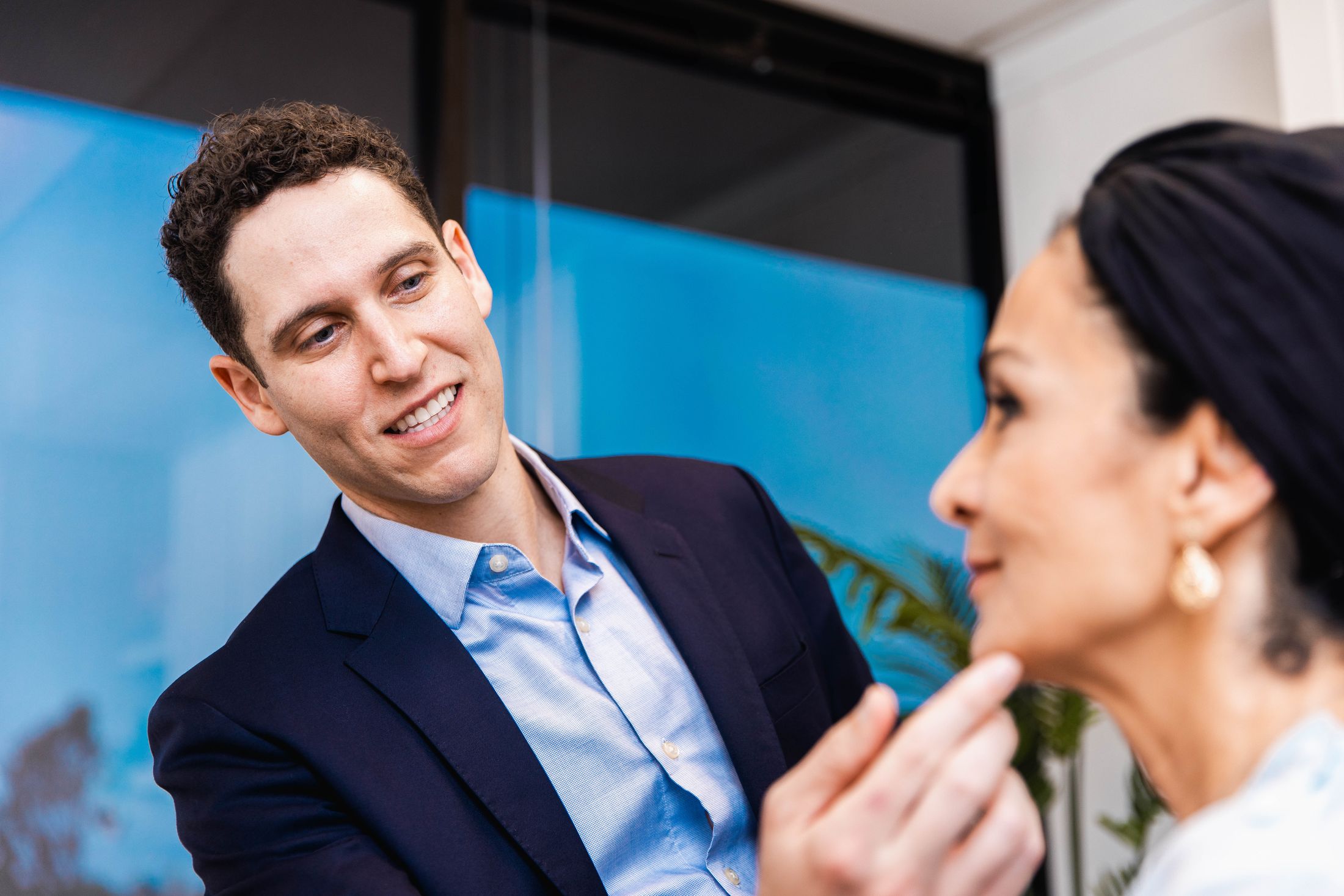


The neck is often the first place patients notice real change — sagging skin, visible vertical bands, or a softening jawline that makes the face look older or heavier. These issues aren’t just cosmetic; they’re structural. Over time, the platysma muscle loosens, fat pads shift, and skin loses elasticity. Together, these changes blur the angle between the chin and neck and create a tired appearance that no amount of skincare can fix.
Most people assume the solution is simple: a cream, a few syringes of filler, or a thread lift. The truth is, these temporary measures rarely address the root causes of neck aging. “Patients often arrive frustrated after investing in treatments that were never designed to correct structural changes,” explains Dr. Brandyn Dunn, Double Board-Certified Facial Plastic & Reconstructive Surgeon in Newport Beach, CA.
This is where Coastline Plastic Surgery takes a different stance. The practice emphasizes anatomy over hype, guiding patients toward solutions that match their specific concerns. For younger patients, chin liposuction may refine definition. For those with more advanced laxity, a deep structural neck lift or lower face and neck lift provides long-term correction.
The Neck Guide was created to cut through misinformation and marketing noise. It is part of a larger, ongoing educational series from Coastline Plastic Surgery dedicated to everything related to the neck—from skin quality and non-surgical maintenance to anatomy and surgical solutions.
This guide focuses specifically on surgical options for neck rejuvenation at every age, from chin liposuction in younger patients to advanced deep structural lifts for those with more significant changes. The goal is to give patients a clear, trusted resource that explains what truly works, why the neck ages differently from the face, and how surgical techniques can deliver natural, lasting results.


The neck is often one of the first areas to reveal age, and yet it is the least understood. Unlike the face, where patients often expect to see volume loss or fine lines, the neck tends to change in deeper, more structural ways.
Skin: The skin of the neck is thinner than the skin on the face and has fewer oil glands, which makes it more prone to dryness, sun damage, and early creasing.
Fat Distribution: Some patients carry stubborn fat beneath the chin (submental fullness) regardless of weight, while others lose supportive fat and develop a hollow or corded appearance. Both changes can make the jawline look less defined.
Platysma Muscle: This broad, sheet-like muscle runs from the jawline to the collarbone. Over time, it loosens and separates, creating vertical “bands.” Because the platysma has few strong attachments to bone, it sags more noticeably than facial muscles.
Deep Structures: The deepest layers of the neck include the submandibular glands, digastric muscle, deep fat pads, and the fascia that holds everything in place. As these structures shift, the overlying muscle and skin follow—causing heaviness and loss of jawline definition.
Dr. Dunn often explains the neck as having “layers like a cake”:
Each layer requires a different treatment approach. Topical skincare or energy devices can help the surface layer, while true surgical rejuvenation addresses the deeper “cake layers,” tightening muscle, resuspending ligaments, and sculpting fat to restore youthful contour.
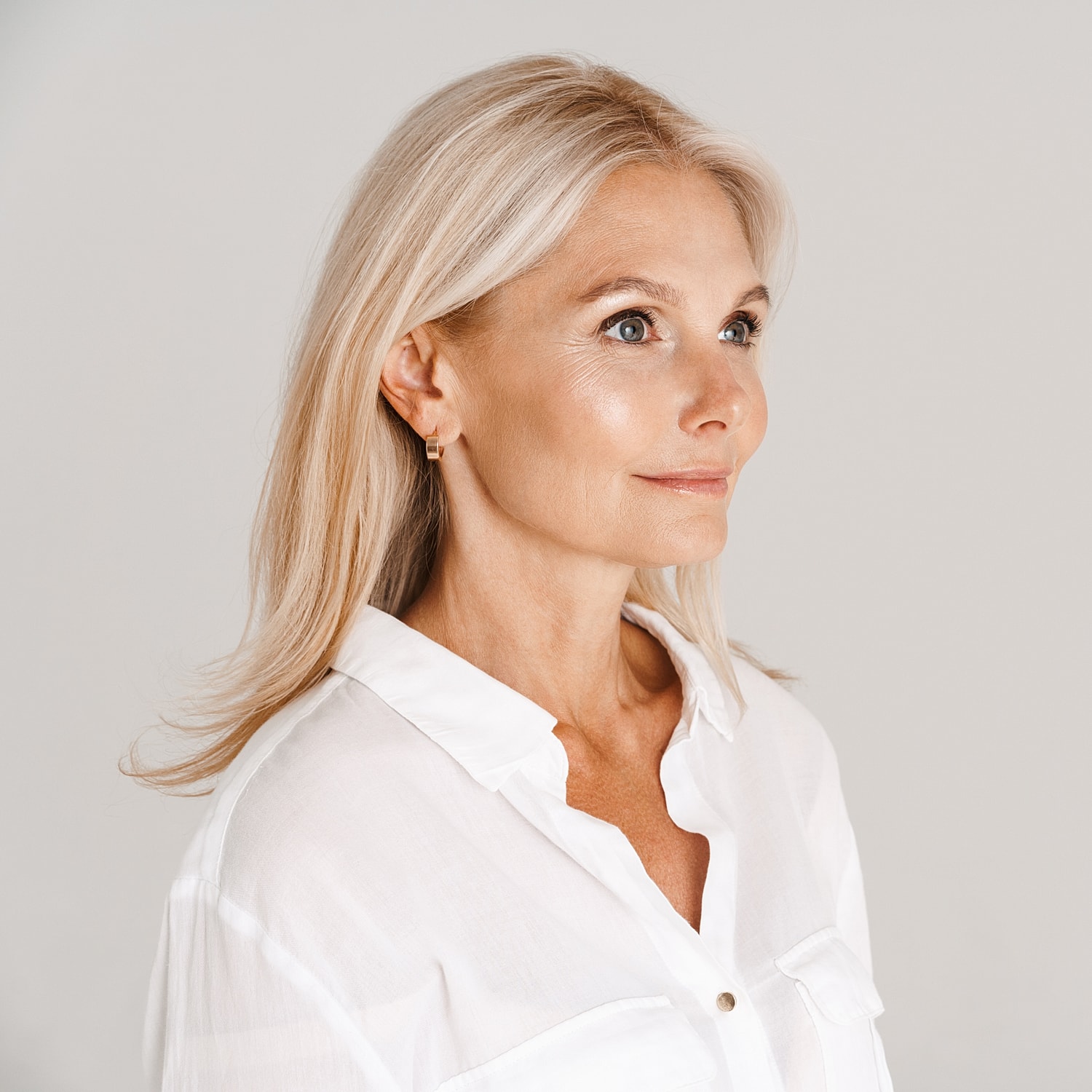
The neck ages differently from the face. Sun exposure is often neglected below the chin, leading to accelerated skin damage. Weight fluctuations show more dramatically in the submental area, creating a “double chin” or poorly defined jawline. Gravity also has a direct pull on the platysma muscle, making sagging and banding more pronounced.
This combination explains why patients may look youthful in the face but older or heavier in the neck. It also explains why topical products or superficial treatments fall short. True rejuvenation must address the deeper structural elements—not just the surface.

There is no single “neck procedure.” The right treatment depends on anatomy, age, and goals. At Coastline Plastic Surgery, options range from small refinements like chin liposuction to advanced lifts that reposition deep tissues. Understanding the differences is key to setting realistic expectations.
Non-surgical treatments—such as skin-tightening devices, injectables, or skincare—may improve texture and tone, but they cannot reposition sagging muscle or ligaments. For patients with early signs of aging, these options can serve as maintenance. However, once banding or skin redundancy appears, surgery is usually required.
Chin liposuction is often the best option for patients in their 20s to early 40s who have good skin elasticity but struggle with stubborn fat beneath the chin. Through a small incision hidden under the chin, a cannula is used to gently remove excess fat in the submental area. This procedure sharpens the jawline, reduces the appearance of a double chin, and offers a relatively quick recovery. Because it relies on the skin’s ability to contract naturally, chin liposuction is not suited for patients with significant laxity or platysma banding. Most patients experience only mild swelling and bruising, returning to normal activity within three to five days.
An isolated neck lift is designed for patients with localized laxity in the neck but no significant facial aging. Incisions are placed discreetly around the ears and sometimes beneath the chin, allowing the platysma muscle to be tightened and excess skin removed. The benefit of this procedure is that it provides focused correction for the neck without involving the rest of the face, making it less invasive than a full lift. However, its scope is limited—patients with jowling or midface laxity may not achieve their desired outcome with an isolated lift alone. Recovery typically involves one to two weeks of swelling and bruising, with full healing continuing over several months.
For patients experiencing sagging jowls, a softened jawline, and visible neck bands, a lower face and neck lift provides a comprehensive solution. Incisions are placed around the ears and under the chin, allowing the surgeon to reposition both facial and neck tissues. The platysma muscle is tightened, ligaments are resuspended, and the skin is redraped with minimal tension for a smooth, natural finish. The major advantage of this procedure is its ability to restore balance and harmony to the entire lower face and neck in one surgery. The trade-off is a longer recovery, typically requiring two to three weeks of downtime before patients feel socially comfortable, with refinement continuing over several months.
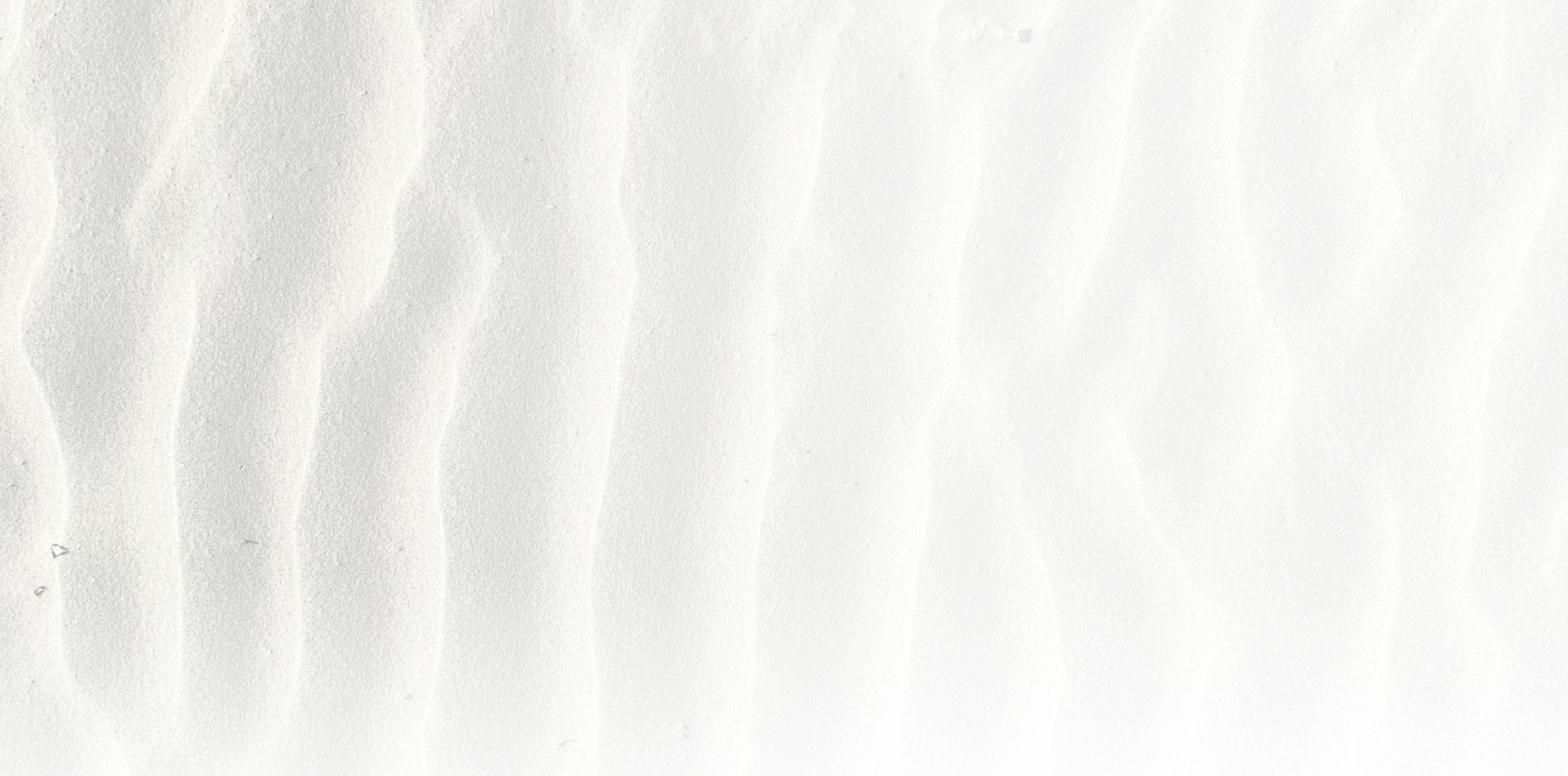
What sets Coastline Plastic Surgery apart is that every surgical neck procedure incorporates Dr. Dunn’s deep structural sculpting technique. Rather than relying solely on skin redraping, he works in the deepest layers of the neck to create lasting definition. This includes:
This layered approach corrects the root causes of neck aging, avoids the “pulled” look of skin-only lifts, and creates a result that holds up for years. It is the difference between a short-term fix and a single, thoughtfully planned surgery that restores natural contours in a lasting way.
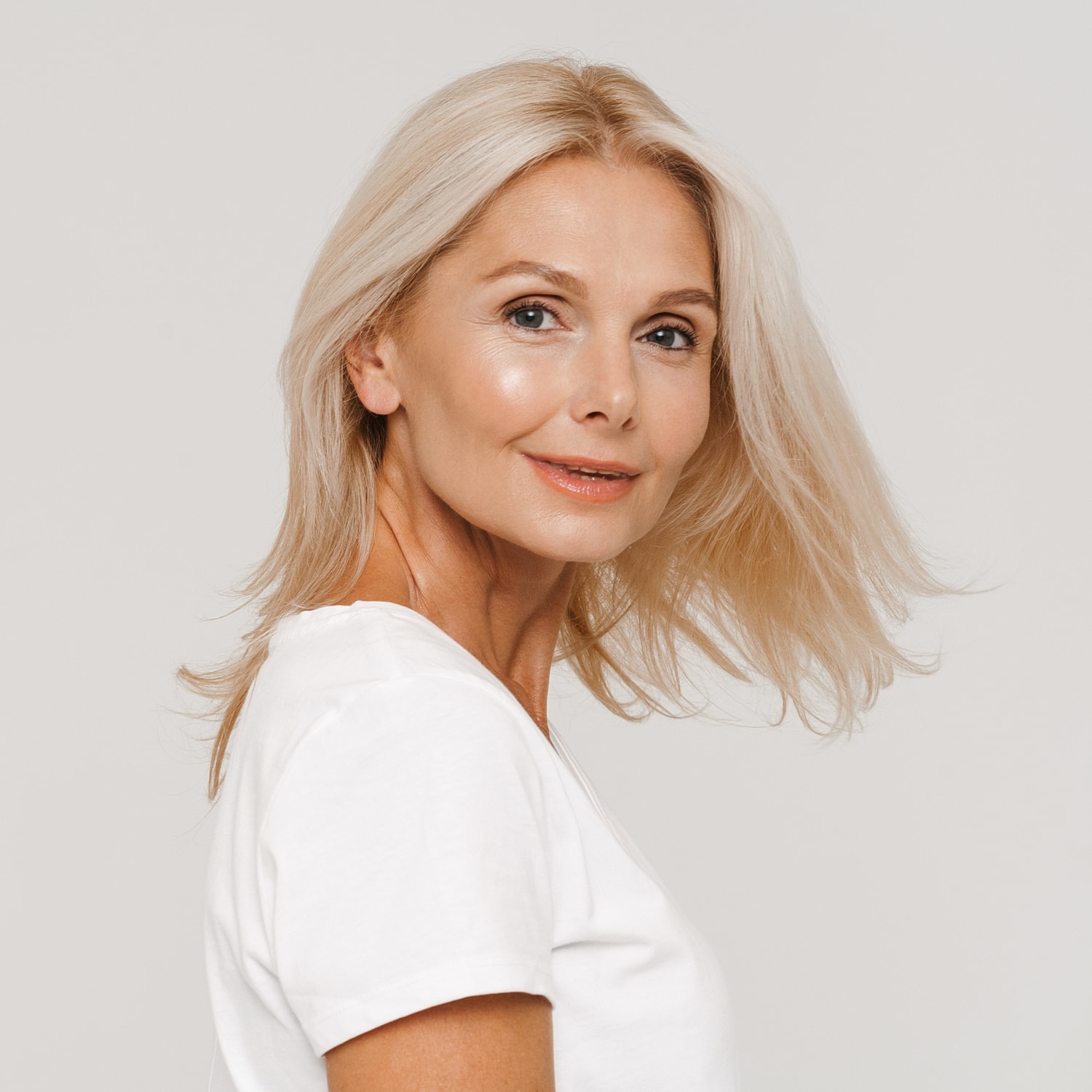
While age can offer a general guide, it’s not the most important factor when planning neck rejuvenation. What truly determines the right treatment is your unique anatomy, the changes that have occurred over time, and your personal goals.
| Age Range | Most Common Concerns | Recommended Options |
| 18–35 | Genetic fullness under the chin, early definition concerns | Chin Liposuction for contouring and sharper jawline |
| 35–45 | Early laxity, mild jowling, or visible neck bands | Isolated Neck Lift or Lower Face & Neck Lift — both performed with deep structural sculpting to reposition muscle, ligaments, and fat |
| 45+ | Moderate to advanced sagging/laxity, platysma banding, loss of jawline contour | Lower Face & Neck Lift with deep structural work for the most comprehensive rejuvenation and long-lasting definition |
Note: The right option is never one-size-fits-all. A thorough consultation and physical exam are essential to determine the best procedure for your anatomy and goals.
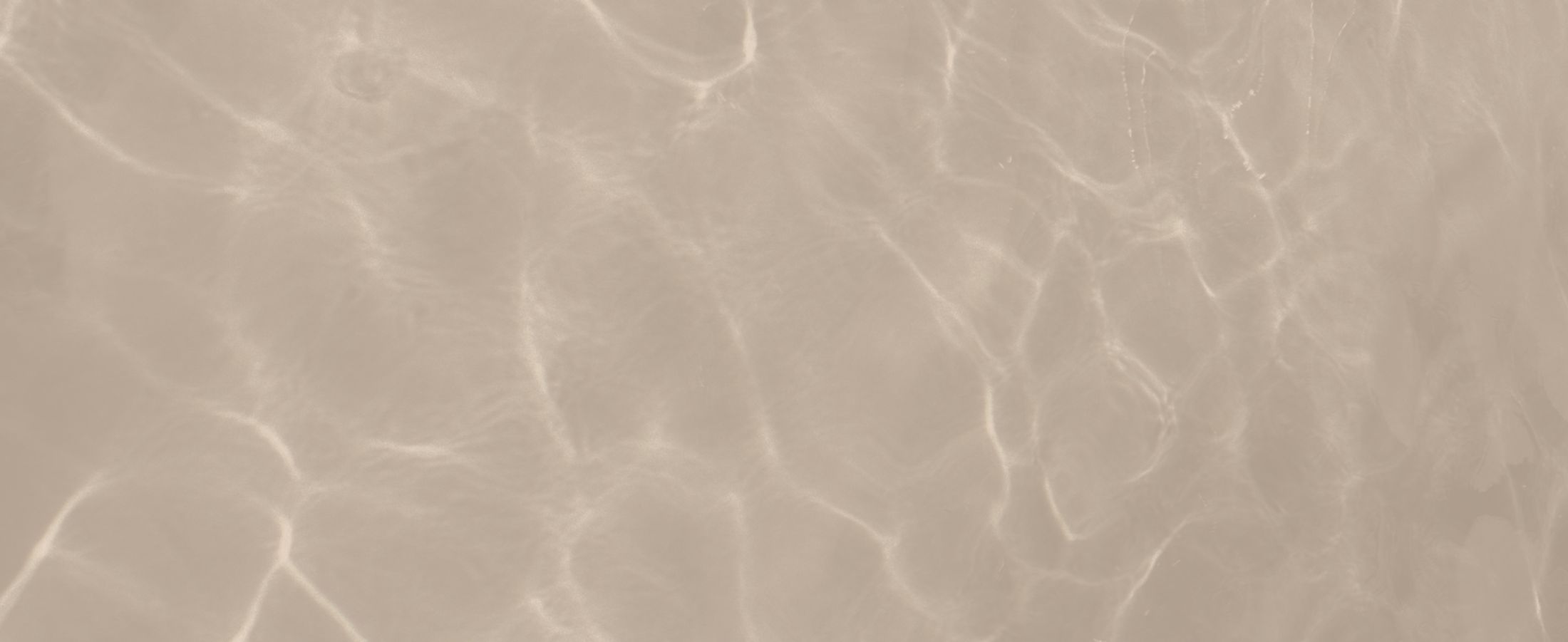
Not all neck lifts are created equal. Many surgeons rely on skin-tightening alone or offer “mini” procedures that promise less downtime but deliver limited results. These shortcuts often fail to correct the deeper causes of aging and can leave patients disappointed when improvements fade quickly.
At Coastline Plastic Surgery, Dr. Brandyn Dunn takes a fundamentally different approach. As a Double Board-Certified Facial Plastic & Reconstructive Surgeon, his training in both head and neck anatomy and facial aesthetics allows him to address every layer of the neck—not just the surface.
Dr. Dunn specializes in true deep plane and deep structural techniques that restore contour where it matters most. His method goes beyond skin pulling to release and reposition the platysma muscle, resuspend the deeper ligaments, and sculpt excess fat with precision. Skin is then redraped with minimal tension, which means smoother healing, less visible scarring, and results that hold up over time.
Unlike quick-fix lifts, this philosophy focuses on:
Patients willing to invest in proper recovery often prefer this “one and done” strategy. Instead of chasing incremental changes, the deep structural approach produces a lasting result that looks natural, not operated on.
“Many patients arrive after being offered a menu of quick procedures,” Dr. Dunn notes. “What they really want is a single, thoughtful surgery that addresses their concerns fully and gives them confidence that will last.”
Dr. Dunn also builds recovery into the surgical plan. Every patient receives a signature recovery package that includes advanced scar management, swelling reduction, and healing support therapies. This ensures the quality of the result matches the sophistication of the surgery itself.
Recovery is often one of the most important parts of planning for neck rejuvenation. Understanding what healing looks like—day by day and week by week—helps patients prepare realistically and feel confident about their decision.
Most patients experience swelling, bruising, and a sensation of tightness in the neck. Discomfort is usually managed with prescribed medication, and a soft dressing or support garment may be worn to help reduce swelling. Light walking around the house is encouraged, but strenuous activity is avoided.
Bruising begins to fade, and swelling gradually decreases. Patients often feel comfortable returning to non-physical work and social settings, though some residual tightness or numbness may remain. Stitches and drains (if placed) are removed during this period. This is also when many patients notice the first glimpse of their new neckline taking shape.
Swelling continues to resolve, and scars begin to soften and fade. The jawline and neck contour become more defined. Temporary sensations like tingling or mild stiffness are normal as tissues heal. Patients can return to exercise and more vigorous activities, with clearance from Dr. Dunn.
By three to six months, the neck appears fully settled, with scars continuing to improve for up to a year. Because Dr. Dunn minimizes skin tension during closure and employs advanced suturing techniques, scars are typically fine and discreet. The results—whether from chin liposuction, an isolated neck lift, or a deep structural lift—are designed to look natural, balanced, and long-lasting.
This may include scar optimization treatments, lymphatic massage, or advanced therapies to reduce swelling and speed recovery. By building recovery into the surgical plan, Dr. Dunn ensures patients achieve not only a beautiful result but also a smoother, more comfortable healing process.

Neck rejuvenation rarely exists in isolation. Because the face and neck are viewed together, treating only one area can sometimes highlight aging elsewhere. For this reason, many patients choose to combine procedures for a more harmonious and refreshed appearance.
The eyes frame the entire face. When the lower face and neck are lifted but the eyes still appear tired or heavy, the results can feel incomplete. Upper and lower eyelid surgery (blepharoplasty) smooths puffiness and removes excess skin, while a brow lift restores a natural arch and opens the eyes. Paired with a neck lift, these procedures create balance from top to bottom.
Even with the best surgical technique, skin quality matters. Sun damage, uneven tone, and fine lines can detract from a smooth neckline. Treatments such as laser resurfacing, chemical peels, and medical-grade skincare improve texture and pigmentation while supporting long-term skin health. These options are often scheduled before or after surgery to maintain results.
Injectable and Non-Surgical Enhancements
For select patients, non-surgical treatments can complement surgical results:


What separates Coastline Plastic Surgery is the integration of these options into a thoughtful, long-term plan. Rather than offering a menu of disconnected treatments, Dr. Dunn designs strategies that combine surgery, injectables, and skin therapies only when they serve the patient’s goals. The result is a natural look that feels balanced, not piecemealed.
A standard neck lift focuses on tightening the skin and sometimes the platysma muscle. A deep plane neck lift goes further, releasing the neck’s ligaments and repositioning the muscle and fascia for a more natural and longer-lasting result. This advanced technique also allows for contouring of the deep fat, refinement of the digastric muscles, and adjustment of the submandibular glands when needed—creating the most sculpted, impressive outcome possible.
Most swelling improves in two to three weeks, though subtle changes continue to refine for several months. Dr. Dunn’s recovery package helps speed healing.
Chin lipo requires a small incision under the chin, but it typically heals as a nearly invisible scar hidden in the natural crease.
Yes. When fat is removed and muscles are tightened, a neck lift can permanently improve a double chin, though normal aging will still continue.
Patients in their 40s–60s most often choose neck lifts, but younger patients with early sagging or fullness may benefit from chin liposuction.
Most patients describe tightness or pressure, not sharp pain. Discomfort is well-managed with medication and improves significantly in the first week.
Common pairings include eyelid or brow lifts for balance, chin implants for definition, and laser resurfacing or chemical peels to improve skin quality.